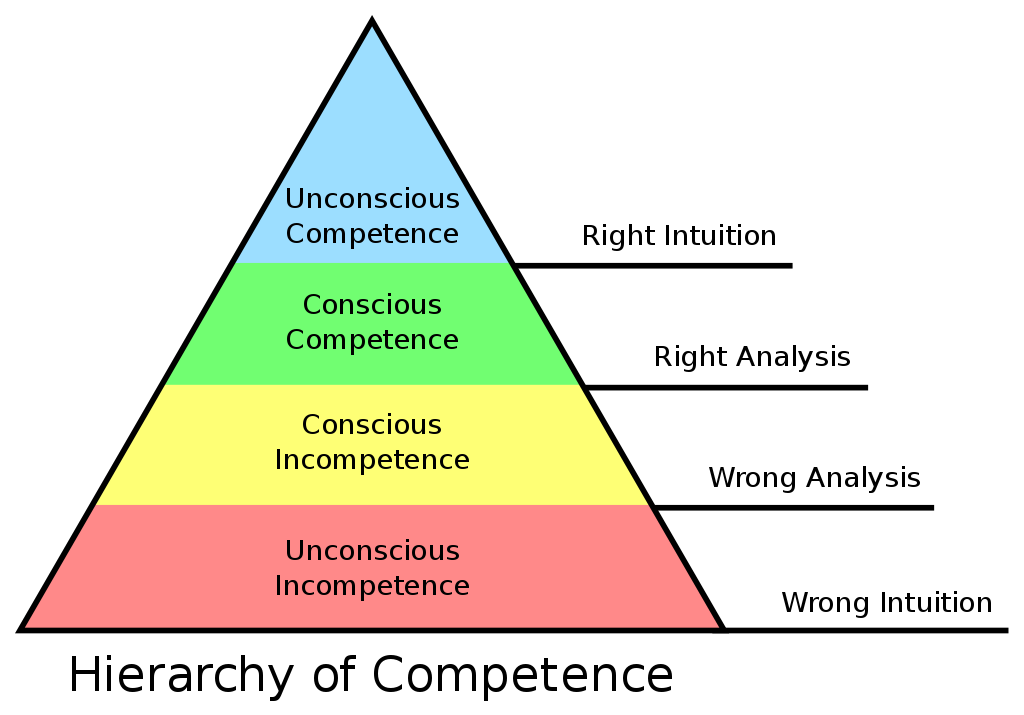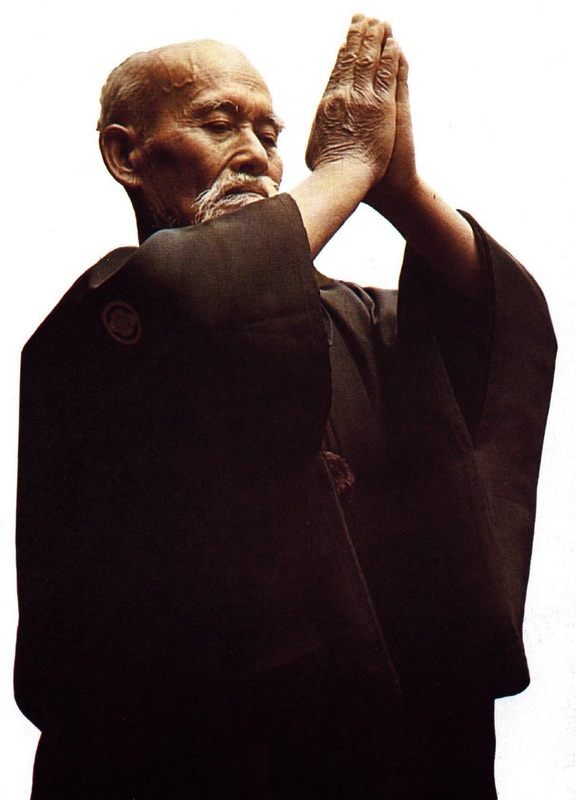Introduction
In our last on-line class we continued to practice with the four basic energies of the unit: idea; structure; intuitive principle and unifying energy. We practiced with these four energies of the unit as they are manifested in the Aikido technique mune-tsuki irimi nage but in a less structured and more experiential way. Our shift in our last class was to expand the focus from the manifest/physical and include the hidden/energetic and the divine/causal realm of primal emptiness as we went through the movements both as uke and nage.
We then worked on going through rounds of practice on each realm of consciousness. Our goal was twofold: experience the difference in the unit in each realm and see how they could benefit and complement each other.
The unit is the part of ourselves that contains the skills and abilities necessary to accomplish the tasks for which that unit is created. The energetic content of the unit is decided by the skills necessary to perform that particular function and therefore will vary from unit to unit. Performing brain surgery is a very different unit than running a marathon. Being a parent is very different than being the CEO of a company. One of the most commonly asked questions in Aikido is, why is it so difficult to transfer the good feeling I get in class to other activities? One response is the energies of Aikido are unique to Aikido. The chemistry is the same but the chemicals (energies of the unit) are different in each situation.
The unit is the clothing we wear to accomplish particular tasks or assume particular roles. O Sensei called the unit haku-Essence of Aikido (pg.27).
This process as I of “inhabiting” particular units is often unconscious. When we walk to our car to drive home, that is a unit, one to which we don’t generally give much attention. Some basic units are much more a part of our identity than others. Examples include your choice of work; your place in a family or other important social groups.
The overall goal of this series of classes is to help create a more balanced and integrated unit that functions better and allows a better forging to occur between the I and the unit resulting in better performance and more personal satisfaction.
Our goal initially, has been to experience the basic parts of the unit and their interaction with each other. It is in this conscious interaction that a real opportunity for a balanced and integrated unit exists. If the basic parts of the unit are not consciously experienced we may miss important elements of the unit and therefore start from a place of fragmentation rather than wholeness. Our best experience is not available for the task at hand. If that is not addressed we will experience the downstream negative effects of that fragmentation, in reduced performance and satisfaction.
One way fragmentation occurs is when action is taken from only some of the energies of the unit that are the most readily available to our experience. An example is, we get a good idea of taking action and don’t allow an experience of the other energies that make up the unit of that idea. We may then run out of energy and can’t complete the task well or at all. This can happen when the idea or one of the other energies of the unit is put in a position of carrying the whole task of performance. A fully formed unit is much more likely to produce the outcome we envision.
O Sensei laid out the parts of a fully integrated unit-Essence of Aikido (pgs. 32-33). He called them the four souls and the eight powers.
The four souls are: the intelligent soul; the rough soul; the gentle soul and the optimistic soul.
The eight powers are: movement and calm; release and solidification; retraction and extension and unification and division.
These are high level examples of what makes up a fully functioning unit. We are going to work with this four count model and apply it specifically to the units we experience.
As stated earlier, the version of the four counts of the unit with which we will work in this series of classes is: the idea; the structure; the intuitive element and the unifying principle. The first two energies we refer to as the obvious ones. They come up easily and often. What is my goal and how will I achieve it? The second two we call the not so obvious because they often need specific focus in order to be consciously experienced.
One example of the four counts is the task of building a house. Energy 1-the idea-is like the architect who does the design and provides the blueprint. Energy 2-is the contractor who actually builds the house using the blueprint from the architect as a guide and a starting point. Energy 3-is the interior designer who crafts the living space so the house is not only livable but a pleasure to live in. Energy 4-is the overall manager who brings the other three together into a fully working unit.
One very important principle throughout this series is that every unit has value!
We will use a kata like version of a basic Aikido technique as our physical reference.
We have focused on laying out a map of consciousness and practicing how to navigate on that map. We all know that the map is not the territory. Keeping that in mind, we have shifted to a more experiential practice utilizing what we have gained from the previous classes. We will still refer to the map but in a less reflective way and put more focus on the experiential, relying on our previous practice with the map to help us to navigate it.
Noel Burch, educational trainer, developed a model of mastering a skill called the Four Stages of Competence. The four stages are: unconsciousness incompetence-I don’t know what I don’t know; conscious incompetence-I know what I don’t know; conscious competence-I know what I know and unconscious competence-I can manifest what I know without having to think about it. In this class and the previous classes we are moving through this process to conscious competence and the early stages of unconscious competence. At this final stage our ability to function as a balanced and integrated unit can happen without reflection on the four counts. When we then move to the next level of that unit the process is repeated perhaps skipping the first stage of unconscious incompetence. When changing from one unit to another we may go back to the first stage of unconscious incompetence.
Aikido is an art that teaches us to productively deal with feedback, both positive and negative in a healthy way. The feedback helps to emphasize the positive part of our experience and work to improve negative experience.
We will continue the practice we started in our last class to work with a multi-dimensional experience of the unit including manifest, hidden and divine, let’s bow in and start with misogi breathing and a good full warm-up.
Our tip today on the misogi breathing is to continue to work on the the five principles of misogi breathing from Koichi Tohei Sensei: let’s focus on the second of the five principles-breathing out as calmly and quietly as possible. By combining this principle with the first one we get both an expansive experience and one that is relaxing.
Five Principles for Ki Breathing
1. Breathe out with the sound of HA, don’t let your breath just leak out
2. Breathe out as calmly and quietly as possible
3. Breathe out the Ki of your head to the Ki of your toes
4. Breathe in from the tip of your nose until your body is full of air
5. Calm your mind infinitely smaller at the one point after inhaling
Multi-Dimensional Experience of the Unit
Today we will use the basic Aikido technique katate-dori kokyu nage as our practice technique. Please refer to the video of the technique on our Facebook Group for a clear visual of the movement. Our goal today is to continue the practice with the unit in all three basic dimensions of consciousness: manifest; hidden and divine. Details about these dimensions are available in class notes and videos on our dojo web site. We will move through the first two-the manifest and hidden-a little more quickly than last time so we can spend more time on the divine than we were able to in our last class.
- Let’s begin with a round of katate-dori kokyu nage in the manifest. Start just focusing on the experience of your body. What aspect of your body attracts your attention? Then shifting the focus from the body to your current physical environment, what attracts your attention there?
This provides an initial experience of you as a physical being in a physical world. Then let’s focus on the physical experience of you as the uke stepping in with a grab for the hand. What is your experience? The uke is a unit equal in every way in importance as the nage. The role of the uke is to assist in the balanced development of the nage. Now let’s shift to the nage side of katate-dori kokyu nage. You have practiced as uke, now receive your own attack. You start by turning your entire body to blend with the attack. Then step forward with your front foot and throw the uke into a forward roll. Feel the depth of contact with your partner’s entire body. What energies are called up in your system as you step in and throw?
-
- Get feedback-what was your experience the manifest level of this technique?
- Now let’s shift to the hidden dimension of subtle energies. We can make the shift from manifest/physical to hidden/energetic through our basic practice of feeling energy flow between our hands and then using the universal post practice by opening the hands and arms in a circle to feel a fuller sense of the energy body. Then to complete the transition let’s go to our circle/center practice to experience ourselves as an energy being in an energy world. What energies in your system does this practice bring up? Then let’s go back to the technique both as uke and nage to see how your experience of this unit changes in the hidden dimension.
-
- Get feedback-your experience of the technique in the hidden dimension?
- Now let’s shift to the divine dimension of creative emptiness. We can use the circle/center practice to enter a state of deep quiet. This quiet is a doorway to the divine dimension of creative emptiness. The divine body in the divine world is like an outline of a potential body, but a real body with experience. What divine energies in your system does the practice bring up? Then let’s go back to the technique and see how your experience of this unit changes in the divine dimension.
-
- Get feedback-your experience of the technique in the divine dimension?
Conclusion
In this class we continued to extend our practice of the unit to the hidden and divine dimensions. Our goal was to experience the unit in each of these three basic dimensions. We also wanted to focus on how they can be of benefit to each other and to you as a whole person.
Feedback on practice.
Practice for next class
Use the practice of katate-dori kokyu nage as a physical metaphor for a unit and work with it in the manifest, hidden and divine dimensions. See how they can benefit each other and you as a whole person.
The Secret Teachings of Aikido (pg. 52).
Finish with misogi breathing and bowing out.










